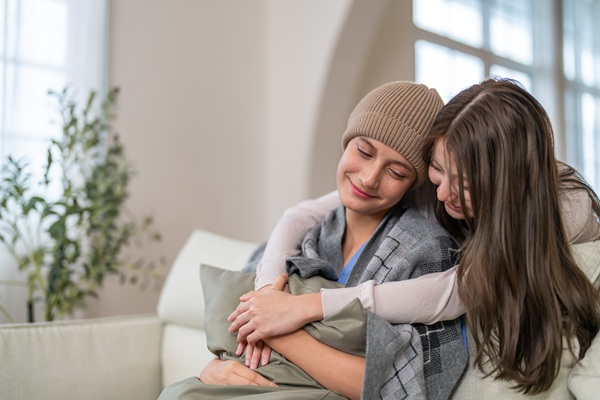Signs and Symptoms of Skin Cancer

Skin cancer usually starts where you can see it. This makes it easy to find it. A person can get skin cancer anywhere on the skin. It may even develop in an area that gets a little sun. Fortunately, skin cancers can be caught early. You can find skin cancer by examining yourself regularly.
Signs and symptoms of cancer
Some common forms of skin cancer are squamous cell carcinoma and basal cell carcinoma. They usually develop in the epidermis and are caused by overexposure to ultraviolet (UV) light. Another major form of skin cancer is melanoma. Melanoma usually starts in the melanocytes.
Finding skin cancer early is important. It is much easier to treat skin cancer early when it is small and has not spread. Symptoms and signs depend on the type of skin cancer that has developed. Here are some signs and symptoms that a person should know.
Basal cell carcinoma
This type of cancer usually occurs on areas of the skin that get a lot of sunlight. Basal cell carcinomas on the neck and head can first appear as a small pearly bump. It can also look like a pale patch of skin. Blood vessels may be visible in the center of the bump. As it develops, it may become crusty in certain areas and even bleed if injured.
Squamous cell carcinoma
It may appear as a lump on sun-exposed skin, and it can be found on the neck, head, arms or hands. It can spread to other areas and may pop through skin sores and scars. These well-defined lumps often have a crusted or rough surface. If a nodule does not form, it can develop like a reddish scaly patch. These patches usually continue developing slowly. It can bleed easily and if not treated, it may end up developing into a large mass.
Melanoma
Melanoma tends to spread to various other parts of the body and organs. A person should watch out for particular warning signs. Signs include changes in the shape, size, elevation or color of a mole or the appearance of a new mole. Most times, melanomas are more than one color and do not have a regular shape. A mole may also be larger than normal.
Medical care
People should examine their entire body for any suspicious lesions and moles or any changes in the shape, size, texture or color of pigmented areas. This should be done regularly. If a person notices any spots or moles or changes, visiting an oncologist is recommended. An oncologist is a doctor who has training in diagnosing and treating cancer. A medical oncologist can also help a patient manage symptoms and side effects. If a patient has skin cancer, an oncologist will talk to the individual about symptoms that may require medical attention in a hospital.
Next step
Regular examination of the skin for any changes is important. It can help find and treat skin cancers early. If you spot a suspicious spot or notice any skin changes, you should contact your oncologist immediately. Oncologists have experience diagnosing skin cancer and treating patients.
Request an appointment here: https://lindenbergcancer.com or call Lindenberg Cancer & Hematology Center at (856) 475-0876 for an appointment in our Marlton office.
Check out what others are saying about our services on Yelp: Read our Yelp reviews.
Recent Posts
Hematologic disease treatment often begins long before a formal diagnosis, because the earliest warning signs appear in everyday life. Fatigue, easy bruising, or frequent infections may not seem serious at first, yet they sometimes indicate that the blood, bone marrow, or lymphatic system needs attention. Understanding which symptoms matter, how long they last, and when…
Searching for chemotherapy near me often begins when a patient receives a new cancer diagnosis and needs to understand the next steps in care. Chemotherapy uses powerful medications to slow or stop the growth of cancer cells, and knowing what to expect helps reduce uncertainty. When patients feel prepared, they often experience treatment with more…
At a dedicated cancer treatment center, individuals can find hope in specialized medical care that can improve their overall health and treatment outcomes. These centers provide advanced therapies to improve health and quality of life while also offering compassionate support for patients and their families as they navigate through a scary time in their lives.…
Gynecological cancer treatment is a complex and often emotionally challenging journey. Patients and their families frequently have questions and concerns about available options, potential side effects, and long-term outcomes. The following guide provides answers to some of the most common questions about gynecological cancer and what you can expect from the treatment process.According to Johns…


